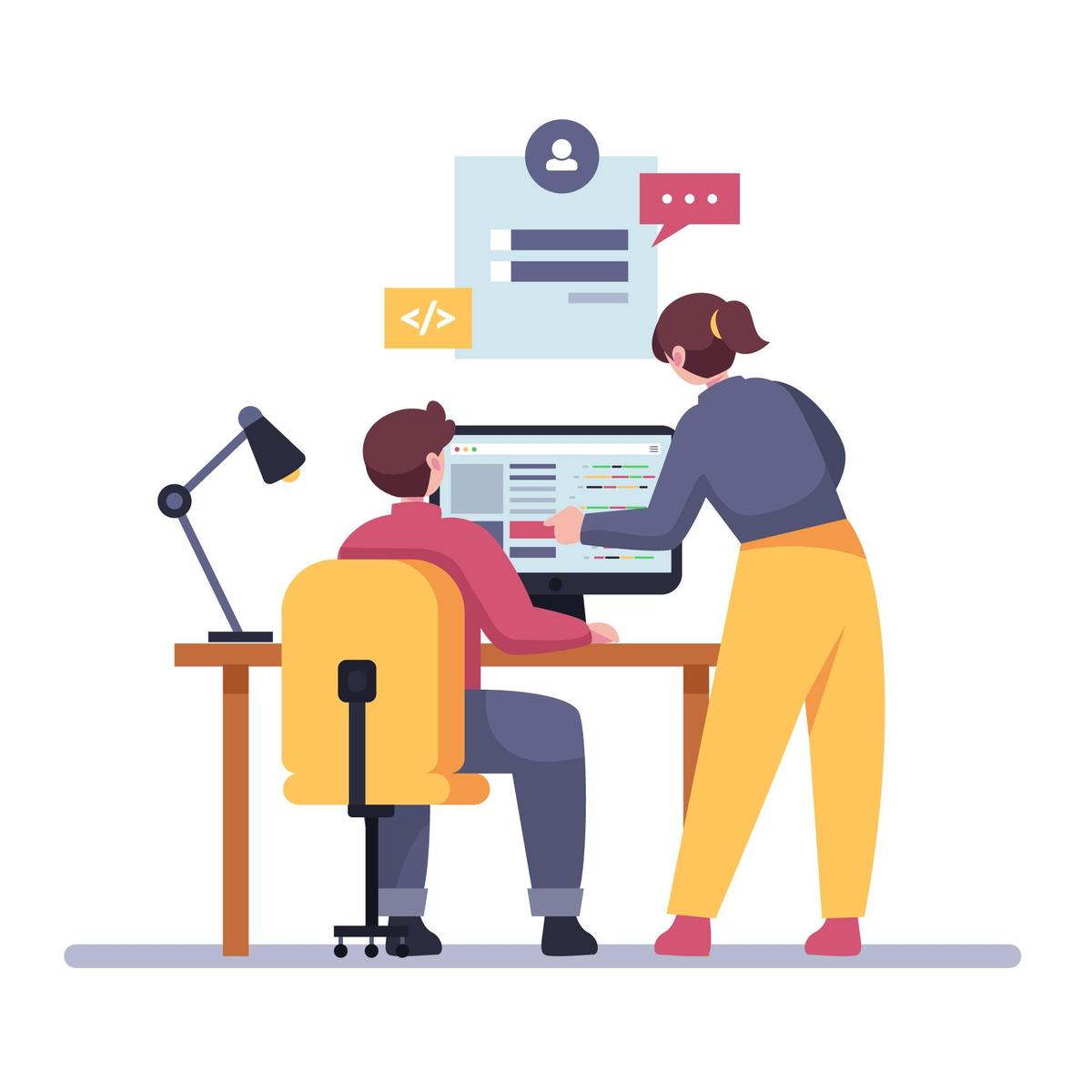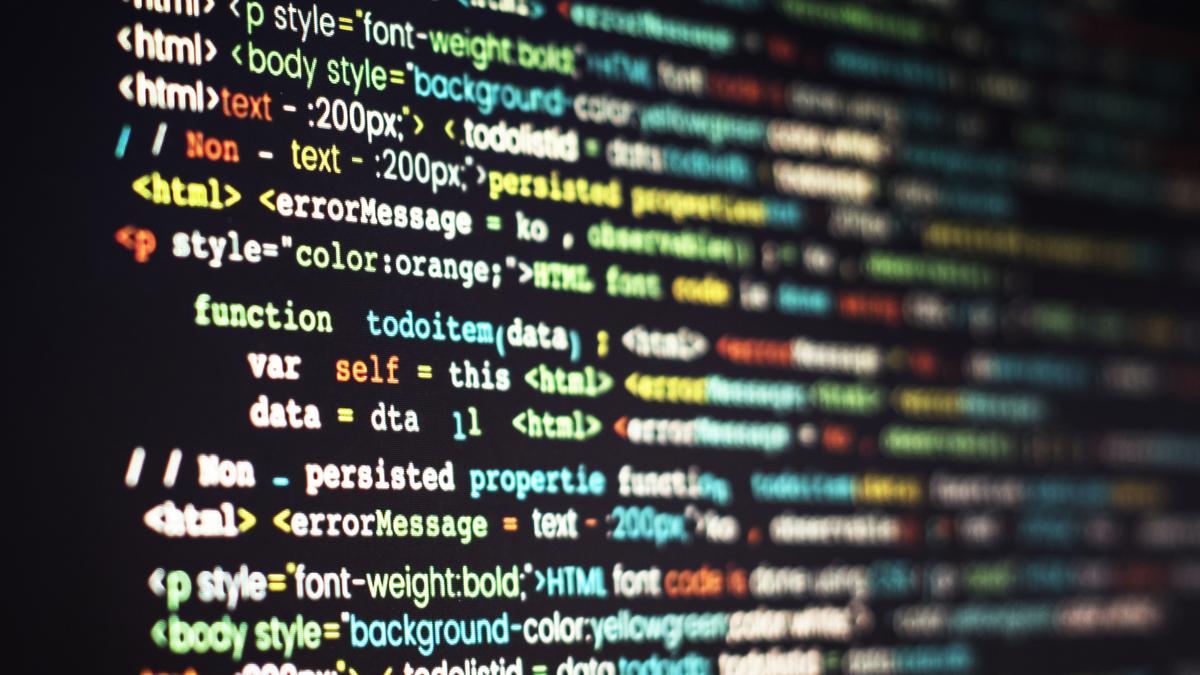Coding, also known as computer programming, is the process of translating human instructions into a language that tells machines what, how, and when to perform those tasks.
When instructing a computer, you use programming languages such as Python, C, JavaScript, and Java. These languages enable you to create websites, apps, games, and nearly every other digital tool and platform available today. At its core, code is about logic and well-structured thinking. Coders and programmers create algorithms or step-by-step instructions for solving problems or automating processes.
The ancient roots of coding
Although coding appears to be a completely modern concept, its origins can be traced back to the first attempts to programme machines, long before electronic computers were invented. In the ninth Century, the Banu Musa brothers invented mechanical musical instruments like the automatic flute player and in 1206, Al-Jazari invented automated drums made using pegs. Such examples of encoding machine instructions, even in their most basic mechanical form, foreshadow modern coding.
Ada Lovelace
Who was the first-ever programmer?
The real birth of computer coding is widely attributed to Ada Lovelace, a British mathematician of the 19th Century. Working alongside Charles Babbage, who designed the first mechanical computer called the Analytical Engine, she wrote a series of instructions intended to be processed by a machine. In 1843, she published what is recognised as the world’s first computer program — an algorithm to calculate Bernoulli numbers for Babbage’s machine.

Growing tech languages
Over the years, technological progress continued. However, the real revolution arrived with the concept of the stored-program computer.
After World War II, the advancement of electronic computers demanded more systematic ways to program. Early computers were programmed directly in binary — a series of 1s and 0s known as machine code. Coding at this level was complex and prone to errors, driving the development of higher-level languages.
In 1957, one of the earliest and most significant coding languages, FORTRAN (“FORmula TRANslation”), was introduced. FORTRAN let coders write their programs in a language closer to mathematics, marking a leap towards wider accessibility. Languages like COBOL (business), LISP (AI research), BASIC (education), and C (systems and OS development) soon followed, each expanding the possibilities of coding and its societal reach.
The development of the personal computer in the 1970s and the surge of the internet in the 1990s led to coding moving from exclusively in the hands of specialists to the general public, evolving rapidly in scope, style, and accessibility.

Coding in today’s world
Today, coding is everywhere. It powers not just computers but smartphones, electric cars, medical devices, and the base of finance, communication, and even government. It is no longer limited to software professionals, and even young children have opportunities to learn basic coding concepts.
Modern coding uses languages that are more readable and logical, such as Python, JavaScript, and Swift. The open-source movement (the social movement promoting the free and collaborative development of software by making source code or designs publicly available for anyone to use, modify, and distribute) has brought collaborative coding to the forefront, letting people across the globe share, refine, and innovate code together.
The people who first coded machines years and years ago once stood at the intersection of imagination and logic to create an innovative invention that people could only dream of back in their day. That element of surprise still continues as a tradition among coders everywhere today.
Published – October 29, 2025 10:00 am IST
